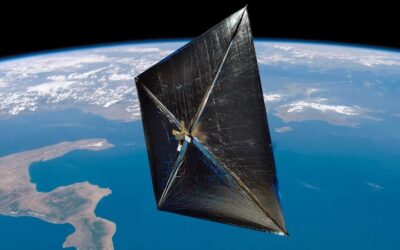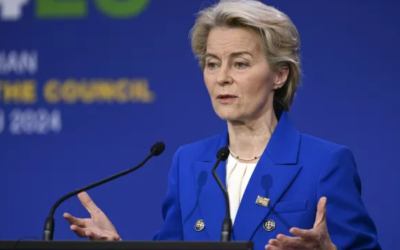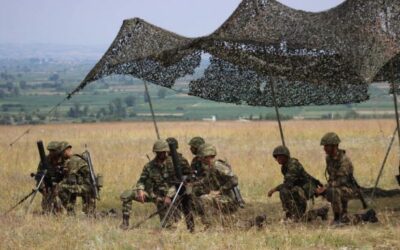With the risk of multiple hybrid attacks on critical sectors for Britain’s infrastructure, as well as on large businesses by Russian hackers…

On March 5, the Cabinet of Latvia approved a border fortification and counter-mobility plan for the eastern border.
The said plan is part of the Baltic Defence Line initiative, which covers the entire border with Russia and Belarus. The Armed Forces intend to create defence force support outposts with reinforced structures and fortifications for troops with various defensive positions, anti-tank trenches, ammunition and mine storages.
According to the Ministry of Defence, reinforcement of the eastern border will restart in March of this year and total investment into strengthening the defence on the said border will reach 303 million euro over the next five years.
To prevent enemy movement, Latvia will reconstruct the existing roads to make the border more secure by adding anti-tank trenches, whereas border area drainage ditches will be converted into anti-tank tranches later on.
Additionally, obstacle lines of different types will be installed. For example, anti-tank trenches will be reinforced with concrete blocks and structures, such as the so-called dragon’s teeth and anti-tank mines. Obstacle lines will be adjusted to the terrain, making full use of natural obstacles such as swamps, forests and other natural obstructions.
The border area will also be equipped with specially-designated and safe storages for explosives, mines and engineering equipment that can be quickly dispatched to reinforce the defence line. Latvia will also develop plans detailing how to prepare for immediate and effective closing of main transport routes, such as roads, railway lines and bridges, to prevent the enemy from advancing.
As reported earlier, Latvian, Lithuanian and Estonian Defence Ministers approved the Baltic Defence Line initiative during a trilateral meeting in January. It will strengthen the defence of the eastern border of the Baltic countries and NATO. Closely coordinated construction of the Defence line will be separately funded by each participating country.
Also read: Slovakia | Border controls with Hungary extended until November
READ MORE
Greece acquires Government Space Hub – Contracts signed for Axis 3 of the “National Microsatellite Program”
The six contracts for the third Axis (Axis 3) of the “National Microsatellite Program,” between the European Space Agency (ESA) and…
Von der Leyen | Proposal for the creation of a European Civil Defence Mechanism
The European Commission’s President Ursula von der Leyen called for the launch of a European Civil Defence Mechanism, speaking about…
NATO | Emergency Cyber Security Conference in London
With the risk of multiple hybrid attacks on critical sectors for Britain’s infrastructure, as well as on large businesses by Russian hackers…
Russia | Recruiting hundreds of Yemeni Houthis in war against Ukraine
Russia is recruiting hundreds of Yemeni Houthis for the war against Ukraine. The men were brought to Russia through a…
Sweden | Funding for the production of Ukrainian long-range drones
Sweden has agreed to finance the production of Ukrainian long-range unmanned aerial vehicles, Ukraine’s Defence Ministry announced…
HCDI | Elite recruits in innovation roles in the Hellenic Armed Forces
A new program for the utilisation of scientifically qualified Greek citizens who are called to fulfil their military service is being…
Russia | Debt cancellation for recruits who agree to fight in Ukraine
Russian President Vladimir Putin has signed a bill that will erase the debts of recruits joining the army to fight in Ukraine, according…
PwC Cyprus, Multimarine, SignalGeneriX, and Theophrastus Join Forces for the EDA’s Symbiosis Project
A leading Consortium comprising PwC Cyprus, Multimarine Services Ltd, SignalGeneriX Ltd, and Theophrastus Research Institute, has been…






















